I have been looking for an elegant/simple (working!) solution to create new complex markers for matplotlib.
For example, I would like to design a new marker which is the union of a set of vertices, for example (just an example), two petals which are symmetric (see verts1 and verts2) and two lines above and below (see verts3, and verts4). I would also like to have the petal possibly filled (or not) and the edgecolor of each vertices with possibly various colours (one petal is blue, the other is orange). How should I proceed?
A naive way forward is to do something like (for a double petal, the left one not being filled up, the right one being filled, see the definition for verts1, verts2, verts3, verts4 below):
Code
x = rand(10)
y = rand(10)
verts = [verts1, verts2, verts3, verts4]
fc = ['k', 'None', 'None', 'None']
ec = ['b', 'orange', 'k', 'k']
for lverts, lfc, lec in list(zip(verts, fc, ec)) :
scatter(x, y, marker= (lverts, 0), facecolor=lfc, edgecolor=lec, s=1000, label='My symbol')
==> HOWEVER, since these are done in a for loop, it is not considered as a single marker when I do, for example, :
legend(loc=0)
QUESTION: how should I manage this? (couldn't find the answer on the net)
Suggestion are most welcome!
Thanks!
Definition for the verticesif 1:
# verts1:
size, angrad = 10., 0.
rx = 4. * size
theta = np.linspace(-pi / 4., pi / 4., 151)
x = rx*np.sqrt(cos(2.*theta))*cos(theta)
y = rx*np.sqrt(cos(2.*theta))*sin(theta)
rotx = x * cos(angrad) + y * sin(angrad)
roty = -x * sin(angrad) + y * cos(angrad)
verts1 = list(zip(rotx,roty))
# verts2:
size, angrad = 10., np.pi
rx = 4. * size
theta = np.linspace(-pi / 4., pi / 4., 151)
x = rx*np.sqrt(cos(2.*theta))*cos(theta)
y = rx*np.sqrt(cos(2.*theta))*sin(theta)
rotx = x * cos(angrad) + y * sin(angrad)
roty = -x * sin(angrad) + y * cos(angrad)
verts2 = list(zip(rotx,roty))
# verts3
verts3 = list(zip([0.,0.],[0,0.1]))
# verts4
verts4 = list(zip([0.,0.],[-0.1,-0.03]))
